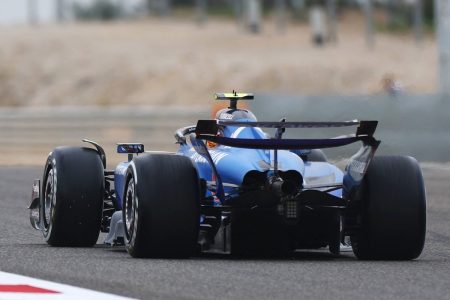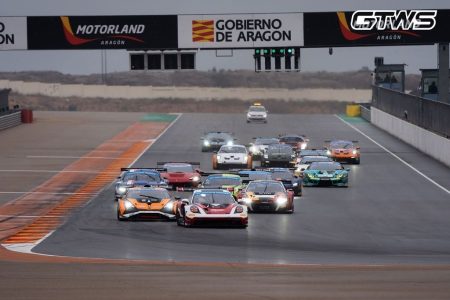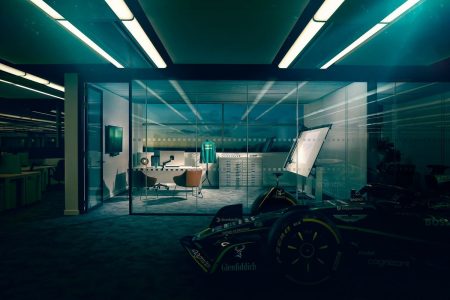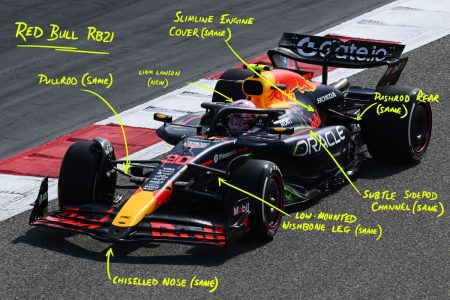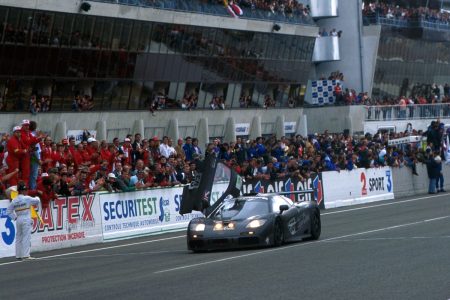Cadillac’s Strategic Entry into Formula 1
Cadillac is preparing to make waves in the Formula 1 world with its highly anticipated debut in 2026. The American automaker is currently evaluating a potential collaboration with Ferrari to source suspension parts, building on an existing deal for power units and gearboxes. This strategic move could see Cadillac adopting a model similar to that of Haas, a fellow US team that has been leveraging external expertise since its entry into the sport in 2016. While there is no official confirmation yet, this partnership would provide Cadillac with a robust technical foundation, allowing the team to allocate resources and personnel to other critical areas of research and development. Additionally, it would help Cadillac ensure the smooth operation of two cars in its inaugural season, a significant challenge for any new entrant.
Advantages and Regulatory Leeway
Cadillac’s entry into Formula 1 has already raised eyebrows among the established teams, particularly those struggling at the back of the grid. Unlike its competitors, Cadillac enjoys several regulatory advantages in the design and construction of its first F1 car. For instance, the new team is not bound by the same constraints on wind tunnel and computational fluid dynamics (CFD) research as the 10 existing teams. Although Cadillac must adhere to the 2025 budget cap rules, as stipulated in Article 10 of F1’s financial regulations, it will have access to 115% of the wind tunnel time, on par with the 10th-placed Sauber. This additional time and flexibility will be crucial for Cadillac as it focuses exclusively on its 2026 machine, while its rivals must divide their resources between current and future projects.
Wind Tunnel and Development Freedom
The FIA’s decision to tighten front wing flex rules from the Spanish Grand Prix in early June has further complicated the situation for existing teams. Many of these teams had planned to divert resources, including personnel, to the 2026 project. However, they now find themselves forced to adapt to the new, more stringent verification criteria, a task that will consume valuable time and energy. Cadillac, on the other hand, will have the luxury of dedicating all its resources to the 2026 machine without the need to worry about running or adapting a 2025 car to changing regulations. This strategic advantage could prove pivotal in Cadillac’s ability to hit the ground running in its debut season.
Leveraging Toyota’s Wind Tunnel
To capitalize on its regulatory leeway, Cadillac has secured access to one of Toyota’s two wind tunnels in Cologne, Germany. This facility will be instrumental in the development of the car’s aerodynamics, a critical component of F1 performance. The project is being spearheaded by former F1 consultant Pat Symonds, who has laid the groundwork for integrating Ferrari’s power unit and gearbox into the car’s design. Symonds’ expertise in aerodynamics and vehicle dynamics will be invaluable as Cadillac aims to produce a competitive machine from the outset. This strategic use of external resources and expertise underscores Cadillac’s commitment to entering Formula 1 with a strong foundation and a realistic chance of success.
Power Unit and Gearbox Collaboration
The collaboration with Ferrari extends beyond just suspension parts. Ferrari will supply the power unit and gearbox to Cadillac until General Motors (GM) can develop its own bespoke engine by the end of the decade. This partnership ensures that Cadillac will have access to cutting-edge technology from one of the most successful and experienced teams in Formula 1. The power unit and gearbox are among the most complex and performance-critical components of an F1 car, and Ferrari’s proven track record in this area will be a significant asset for Cadillac. As GM continues to develop its own power unit, the partnership with Ferrari will provide a crucial bridge to ensure that Cadillac can compete at a high level from day one.
Looking Ahead to 2026
As Cadillac prepares for its debut in 2026, the team is carefully balancing its resources and strategies to maximize its chances of success. The potential collaboration with Ferrari for suspension parts, along with the existing deals for power units and gearboxes, demonstrates Cadillac’s commitment to leveraging the best available technology and expertise. The regulatory advantages and additional wind tunnel time will give Cadillac the flexibility to focus on critical areas of development without the constraints faced by existing teams. With a strong foundation in place and a clear strategy for success, Cadillac is poised to make a significant impact on the Formula 1 grid in its inaugural season.


